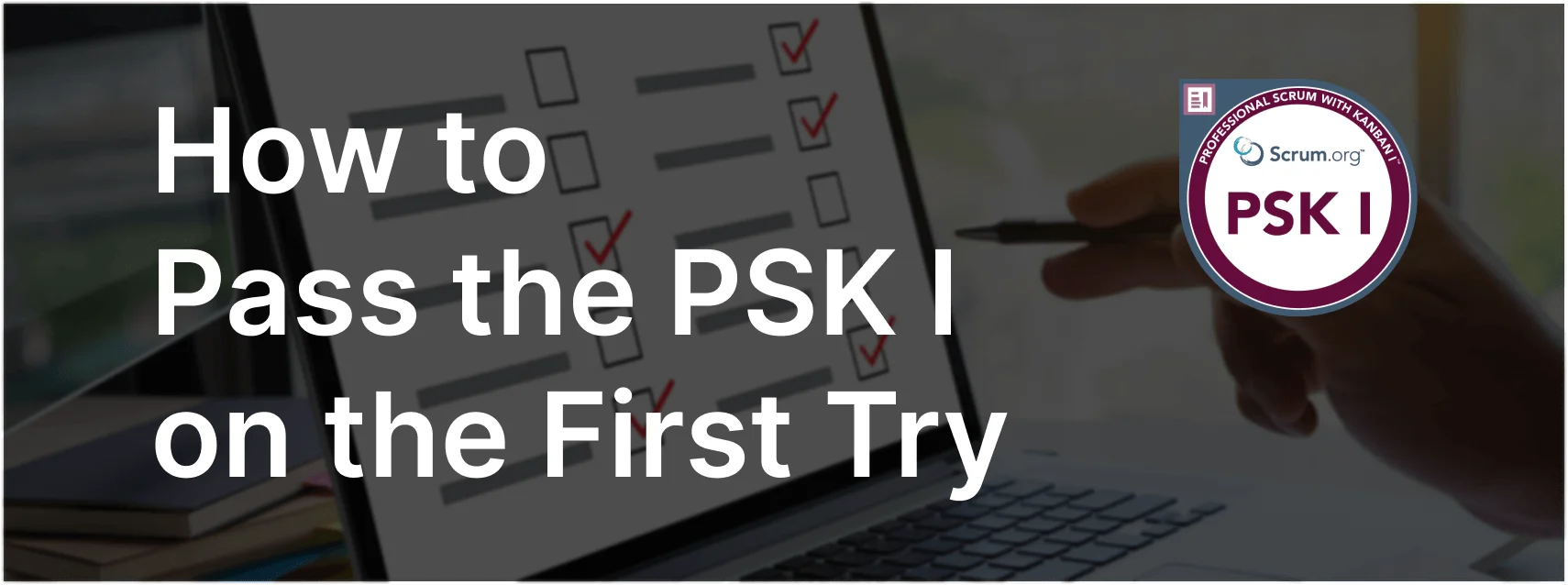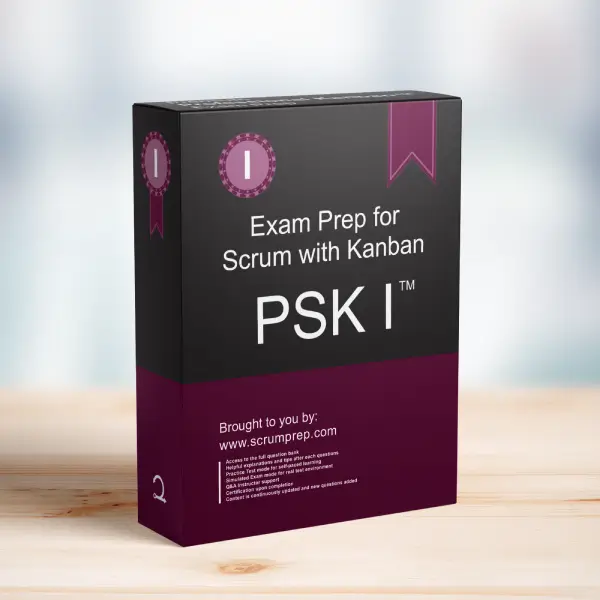Definition of Workflow in Kanban
Understanding what should and should not be included in the Definition of Workflow is essential for managing and optimizing workflow in a Kanban system.
Exam Question
Which of the following should NOT be in the Definition of Workflow?
(choose the best answer)
A. Start of the workflow.
B. Agreed owner of workflow lane.
C. End of the workflow.
D. Work in Progress (WIP) Limits.
Correct Answer
B. Agreed owner of workflow lane.
Explanation
Correct Answer
B. Agreed owner of workflow lane:
While having an agreed owner for a workflow lane can be useful for accountability and management, it is not typically a component of the Definition of Workflow. The Definition of Workflow generally includes elements that define the flow of work through the system, such as start and end points and WIP limits.
Components of the Definition of Workflow
A. Start of the workflow:
This defines when and where a work item enters the workflow, marking the beginning of the process. It is a critical component for understanding the lifecycle of work items.
C. End of the workflow:
This defines when and where a work item exits the workflow, indicating that it is complete. It is essential for measuring cycle time and ensuring work items meet the Definition of Done.
D. Work in Progress (WIP) Limits:
WIP Limits help manage the number of work items in progress at any given time, preventing bottlenecks and ensuring a steady flow of work. They are a key element in managing the flow of work and maintaining efficiency.
Importance of Defining Workflow Components
- Clarity and Consistency: Clearly defining the start and end points of the workflow ensures that all team members understand the boundaries of the process.
- Process Control: Including WIP Limits helps control the flow of work, ensuring that the team is not overloaded and can maintain a sustainable pace.
- Measurement and Improvement: Defining the workflow components allows for accurate measurement of cycle time and identification of areas for process improvement.
Effective Practices for Defining Workflow
- Clear Start and End Points: Ensure that the start and end points of the workflow are clearly defined and understood by all team members.
- Implement WIP Limits: Set and enforce WIP Limits to manage the flow of work and prevent bottlenecks.
- Regular Review: Regularly review and update the Definition of Workflow to reflect any changes in the process and ensure continuous improvement.
Relevance to the PSK I Exam
Understanding what should be included in the Definition of Workflow and why is crucial for the PSK I exam. It demonstrates knowledge of effective workflow management and the principles of Kanban in a Scrum environment.
Key Takeaways
- The Definition of Workflow includes elements that define the flow of work, such as start and end points and WIP Limits.
- The agreed owner of a workflow lane is not typically part of the Definition of Workflow.
- Clearly defining workflow components helps manage the flow of work, ensure process control, and support continuous improvement.
Conclusion
The agreed owner of a workflow lane should not be included in the Definition of Workflow. The focus should be on defining the start and end points and implementing WIP Limits. For more information on preparing for the PSK I exam, visit our Professional Kanban PSK I™ Exam Prep.



